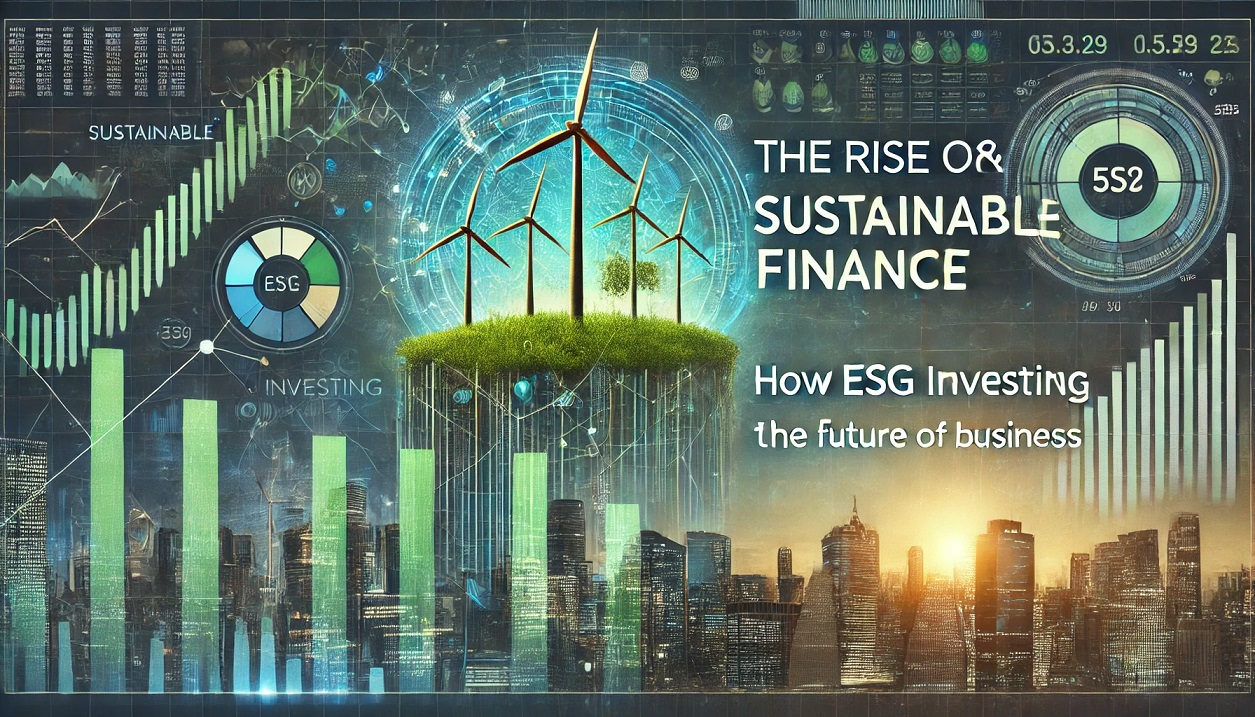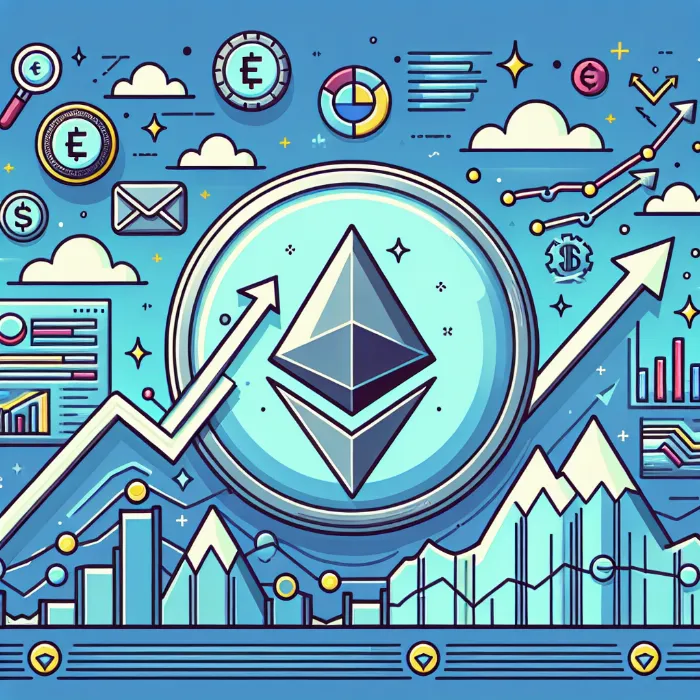Trump's sweeping new tariffs have sent shockwaves through global markets, threatening trade partnerships and increasing fears of a looming recession. Here's an in-depth look at the implications for the global economy, key sectors, and consumers worldwide.
🌍 Introduction: A Day That Changed Trade Forever
April 2, 2025, is now being referred to as \Liberation Day\ by the Trump administration—a day marked by the declaration of sweeping tariffs on global imports. The move is hailed by its proponents as a push for American economic independence, while critics label it a reckless step toward economic isolation.
The new policy, which places a baseline 10% tariff on all imports and significantly higher rates for strategic competitors, has ignited debates among economists, policymakers, and industry leaders across the world.
🚨 Headline Summary of the Tariffs
- Baseline 10% Tariff on All Imports
- Every product entering the U.S. is now subject to a minimum 10% import tax.
- China Hit With 54% Total Tariffs
- A combination of base and strategic tariffs aimed directly at China, signaling a renewed trade war.
- EU and Taiwan Face 20% and 32% Tariffs Respectively
- Allies and trade partners are no exception, highlighting a protectionist shift.
- Canada and Mexico See 25% Continuation Tariffs
- The U.S. maintains high tariff rates for North American partners.
💼 Economic Impacts: Unraveling the Domino Effect
✨ Inflation Surge in Consumer Goods
- Imported items become expensive: Electronics, vehicles, textiles, and packaged food are already seeing price hikes.
- Impact on lower-income families: Increased costs hurt budgets and reduce purchasing power.
⚡ Stock Market Volatility
- S&P 500 Loses $2.5 Trillion: A massive drop following the announcement indicates waning investor confidence.
- Tech and manufacturing stocks plummet: Especially those heavily reliant on Chinese parts.
🚗 Auto Industry Takes a Hit
- Parts supply chain disrupted: American auto manufacturers reliant on imported components face delays and cost increases.
- Layoffs expected: Stellantis has already announced cuts, with more companies following suit.
🌐 Global Supply Chain Disruption
- Just-in-time models collapse: Global firms may need to reconfigure logistics.
- Increased shipping costs: Rerouted supply chains will add to operational expenses.
✌️ Political Ramifications and Diplomatic Fallout
🇪🇺 EU and NATO Allies Push Back
- Retaliatory tariffs in talks: Brussels is considering tariffs on U.S. cars, tech, and agricultural products.
- Tensions within NATO: Diplomatic strain threatens cohesion within military alliances.
🇮🇳 India, Japan, and ASEAN Express Concern
- Trade route uncertainty: Asian economies worry about increased shipping friction.
- Currency devaluation risk: Tariff wars can destabilize emerging markets.
🇨🇦 Canada’s Firm Response
- Chrystia Freeland calls tariffs \unfriendly and unjustified\: Canada is exploring legal avenues through the WTO.
- Canadian-U.S. trade volume declines: Businesses hold off on new deals pending clarity.
🏋️ Examples: Who Is Feeling It First?
- Small Businesses: U.S. retailers importing products from Asia are seeing profit margins shrink.
- Consumers: Appliances, smartphones, and groceries have already gone up in price by 8-15%.
- Farmers: China and EU are reducing U.S. agricultural imports in response.
- Logistics Companies: Warehouses and ports facing delays as customs processes get lengthier.
🤝 Potential Benefits Claimed by Supporters
- Boost for Local Manufacturing: Advocates argue this will encourage domestic production.
- Trade Deficit Reduction: Limiting imports could rebalance U.S. trade.
- National Security Argument: Reduced reliance on foreign tech and medicine supply.
However, these benefits remain speculative and contingent on long-term policy stability.
📊 Real-time Market Response
- Gold prices rise: Investors move to safe havens.
- Oil prices fluctuate: Transportation costs rise with import bottlenecks.
- Retailers adjust earnings projections: Major chains like Walmart and Amazon warn of Q2 losses.
❓ Expert Opinions: Mixed Reactions
- Nobel economist Paul Krugman: \It’s a dangerous game; protectionism rarely ends well.\
- Larry Kudlow, Trump’s former advisor: \It’s bold and needed. The U.S. was too dependent for too long.\
🌐 Global Trends Emerging from the Shift
👁️ Rise of Regional Trade Blocs
- Countries move toward ASEAN, EU, and African continental free trade agreements to bypass the U.S.
⚖️ Supply Chain Nationalism
- Countries seek internal resilience in critical industries.
- More investments in local energy, medicine, and tech.
🎓 Education and Workforce Retooling
- Shift toward vocational training and manufacturing skills as demand for domestic labor rises.
🪖 Conclusion: Uncertain Road Ahead
The sweeping tariffs, dubbed \Liberation Day\ measures, are a bold move to reshape America’s economic posture, but they come with immense risk. Allies are distancing themselves, markets are trembling, and households are bracing for higher costs. Whether these changes usher in a new golden age of American industry or plunge the world into a deeper economic crisis remains to be seen.
Stay tuned. This is not the end, but the beginning of a new chapter in global trade.

















Comments 0